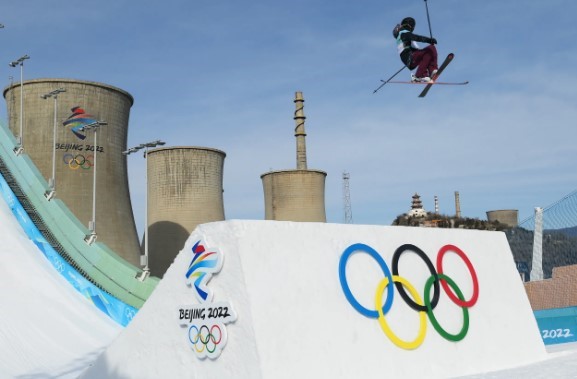Beijing 2022 was the first Winter Olympics to rely almost 100% on artificial snow. Before the Games it was estimated that 222 million litres of water would be needed to create the snow conditions, in one of the world’s most water-scarce cities. Whilst China pledged to deliver a “green and clean” Games, using 100% renewable energy, the production of artificial snow is energy and water-intensive, even if powered renewably, and often chemicals or biological additives are added to enhance quality and slow down melt. The chemically-treated water can decrease biodiversity and disrupt vegetation and a slow melt means plant growth is delayed underneath the snowpack. Beijing 2022 used around 300 snow guns to cover an area of approximately 800,000 square metres. And then, in another ironic twist it did start to snow and some of the days were wiped out by too much of the white stuff! Read more here.
If you want to know more about the environmental challenge of skiing in a warming planet, check out Cath’s shower blog from March 2020 about her trip to the ski slopes of Italy and skiing on artificial snow.

